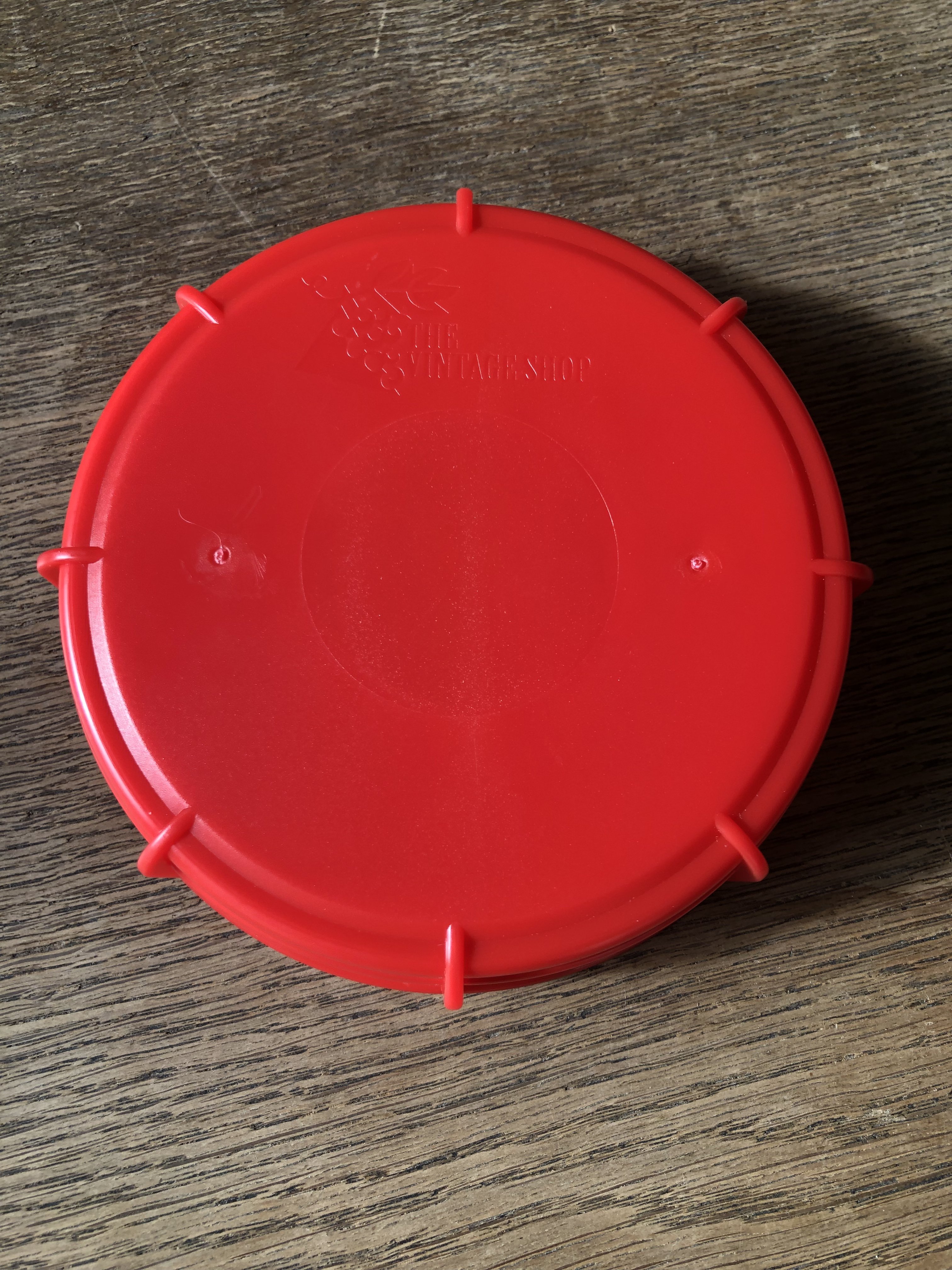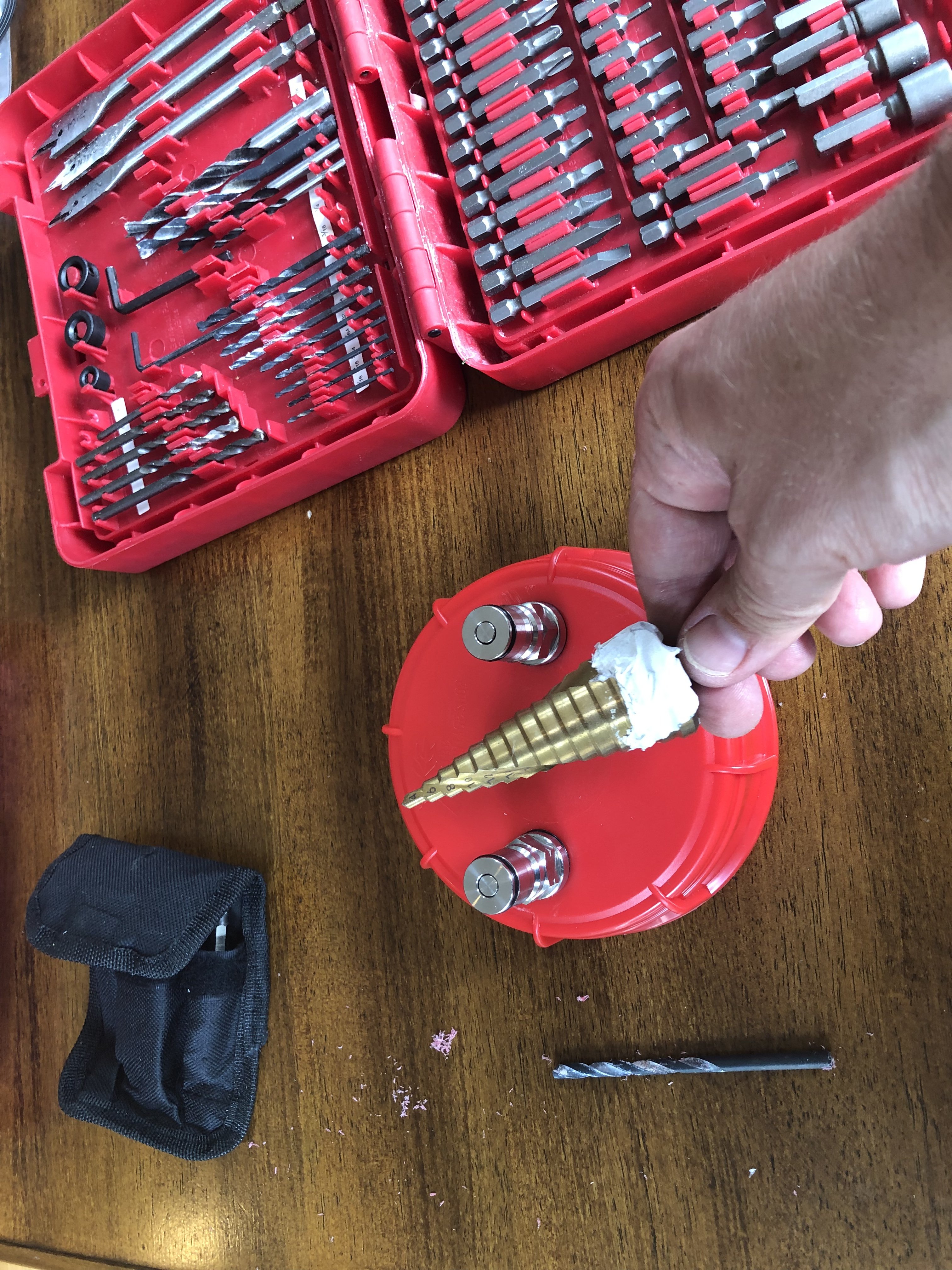NSMikeD
Well-Known Member
I’m pulling the trigger tonight on the 3 gal system. I’m not seeking to pressurize ferment now. I do plan to dry hop and also do clued transfer to a keg.
I can’t fit a keg in my mini fridge, so am I correct .....
1) connect an open ended line to the gas side and put said open end into a jar of star San to serve a# my bow off tube
2) connect to CO2 and dry hop as per @Dgallo
3) cold crash low CO2 level (I have a cartridge CO2 with regulator I use on my kegs while aging and cold crashing)
4) on keg day, fill keg with star San. Purge with CO2 then put CO2 on the FV, jump FV liquid to liquid (dip tube) side keg and pressure transfer with pressure release valve on keg loosened.
Comments?
I can’t fit a keg in my mini fridge, so am I correct .....
1) connect an open ended line to the gas side and put said open end into a jar of star San to serve a# my bow off tube
2) connect to CO2 and dry hop as per @Dgallo
3) cold crash low CO2 level (I have a cartridge CO2 with regulator I use on my kegs while aging and cold crashing)
4) on keg day, fill keg with star San. Purge with CO2 then put CO2 on the FV, jump FV liquid to liquid (dip tube) side keg and pressure transfer with pressure release valve on keg loosened.
Comments?














































![Craft A Brew - Safale S-04 Dry Yeast - Fermentis - English Ale Dry Yeast - For English and American Ales and Hard Apple Ciders - Ingredients for Home Brewing - Beer Making Supplies - [1 Pack]](https://m.media-amazon.com/images/I/41fVGNh6JfL._SL500_.jpg)























